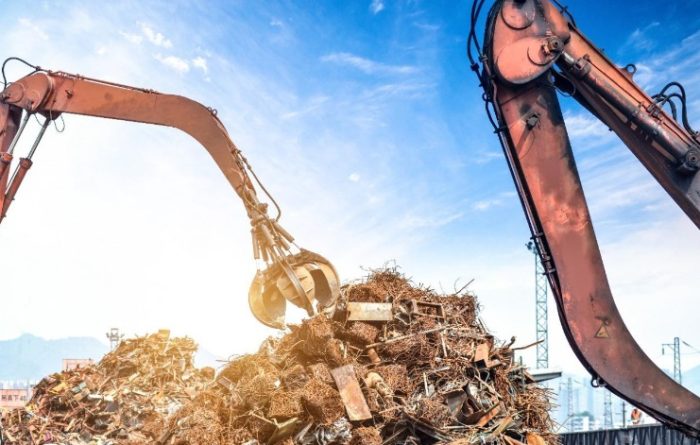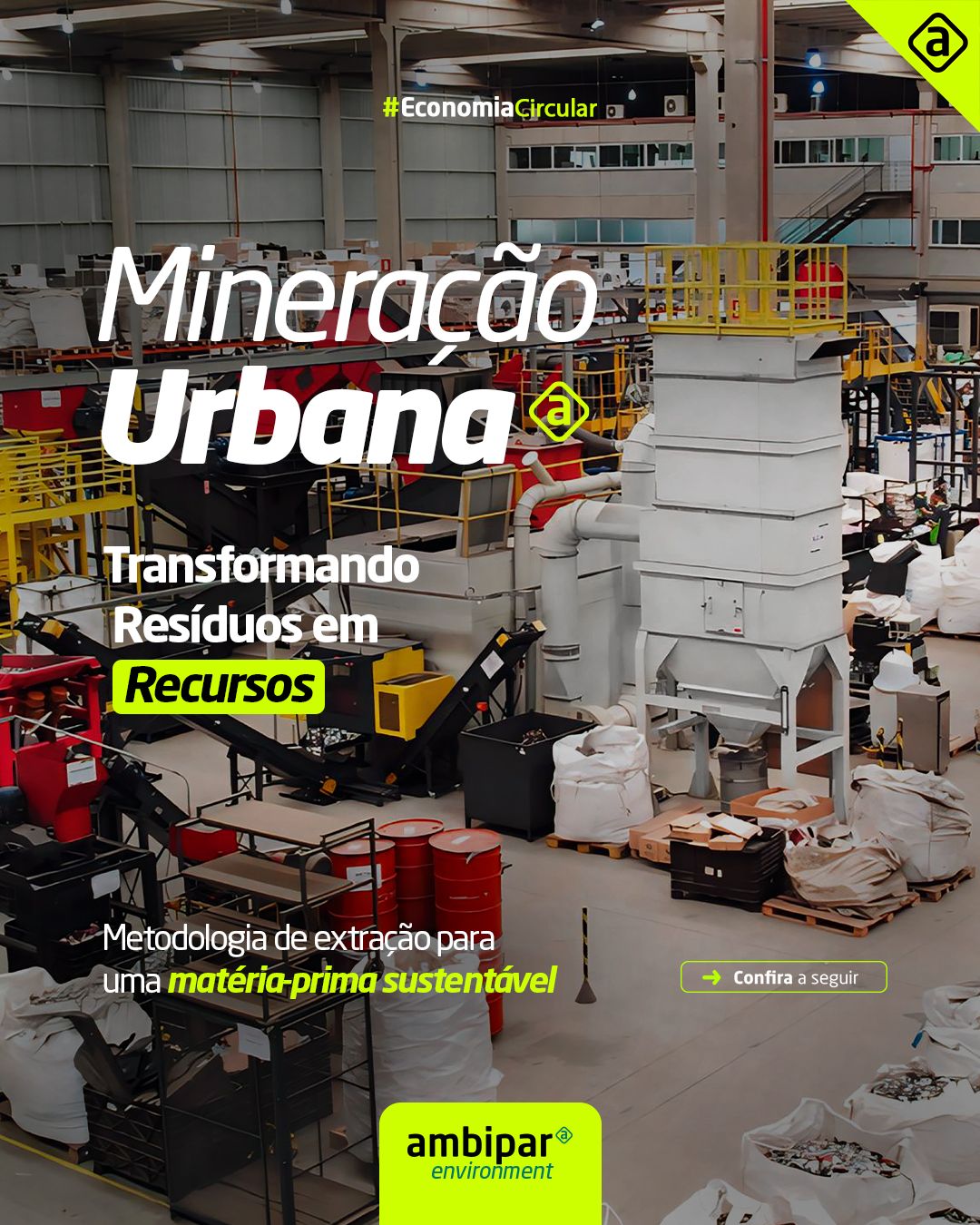The recycling market is a source of income, economy and that delivers great results

By Writing Team
Posted in March 1, 2024

Scrap metal (from the Arabic suqaTa) or residue, according to tax legislation (Decree No. 18.955/1997, annex IV), is considered merchandise and products that have become definitively and totally unusable for the use for which they were originally intended, serving only as raw material. raw material, in the manufacture of another product.
What are the material types?
The term refers not only to metallic objects (iron, steel, copper, aluminum, zinc, magnesium, etc.), as is commonly associated, but also to other non-metallic products such as paper, glass, plastic, rubber, etc. The best-known scrap categories are:
Ferrous Metals: stamping, chips (steel, pig iron, cast iron), mixed scrap, heavy scrap, plating, etc.
Non-ferrous metals: aluminum, copper, metal, lead, zamac, stainless steel, special alloys, ferroalloys, etc.
Plastic Scrap: LDPE (Low-Density Polyethylene), HDPE (High-Density Polyethylene), PVC, PET, Vinyl, PP, PS, ABS/SAN, etc.
Paper and Cardboard Scrap: corrugated, white, kraft, mixed scrap, newspapers, magazines, etc.
Electronic Scrap: computers, batteries, cell phones, batteries, televisions, monitors, etc.
Scrap market
The recycling market is a source of income, and economy that delivers excellent results, although scrap is not only made of ferrous materials, metallic scrap is the main responsible for heating up the scrap market. The global scrap market moved around US$ 713,044 billion in 2017 and could reach US$ 979 billion in 2026.
With information: Wikipedia
Do you have doubts? Learn more about What’s the difference between scrap metal and recycling? Discover our services, contact us, and request your quote.


